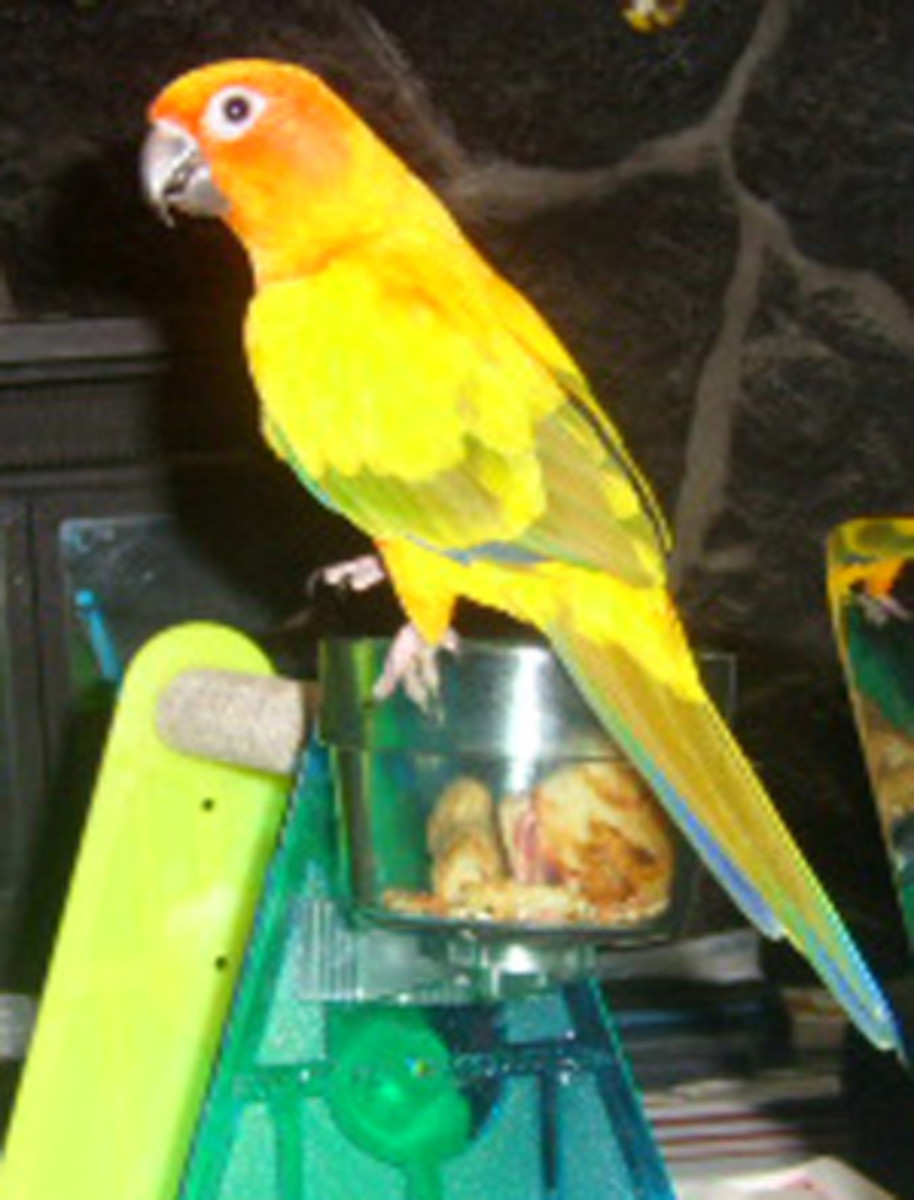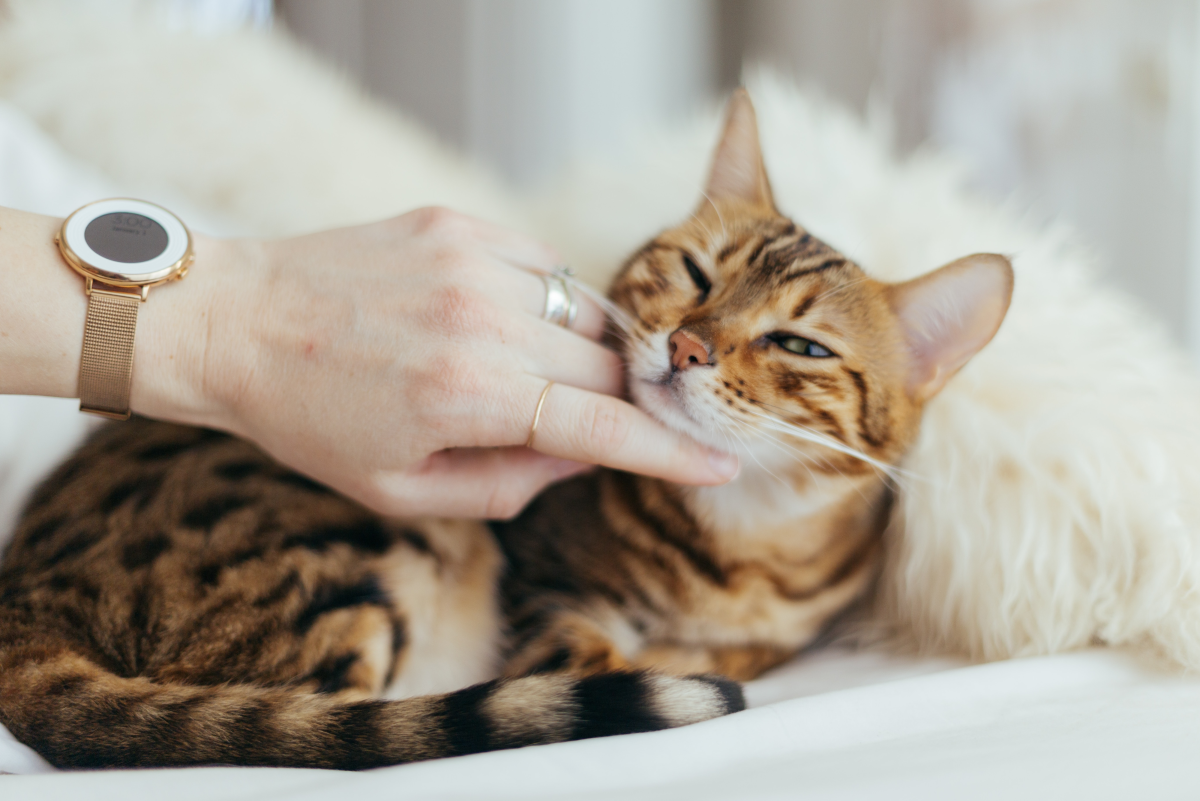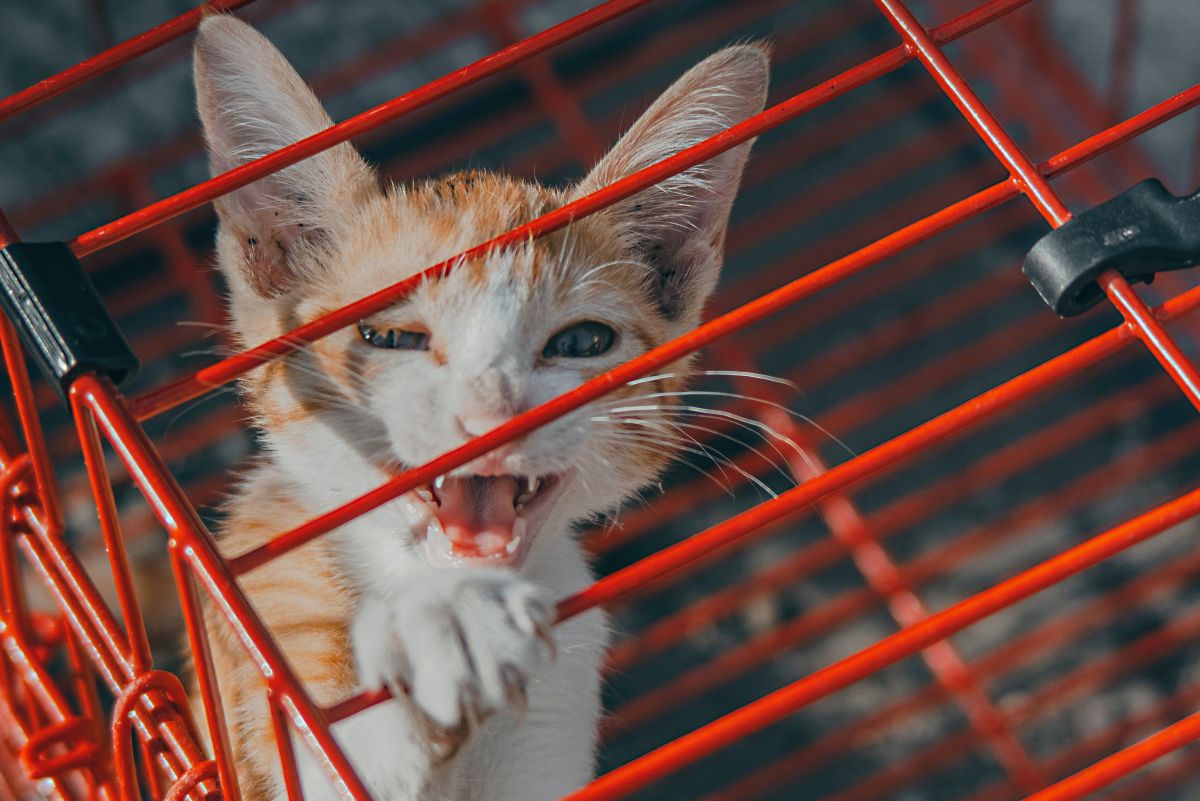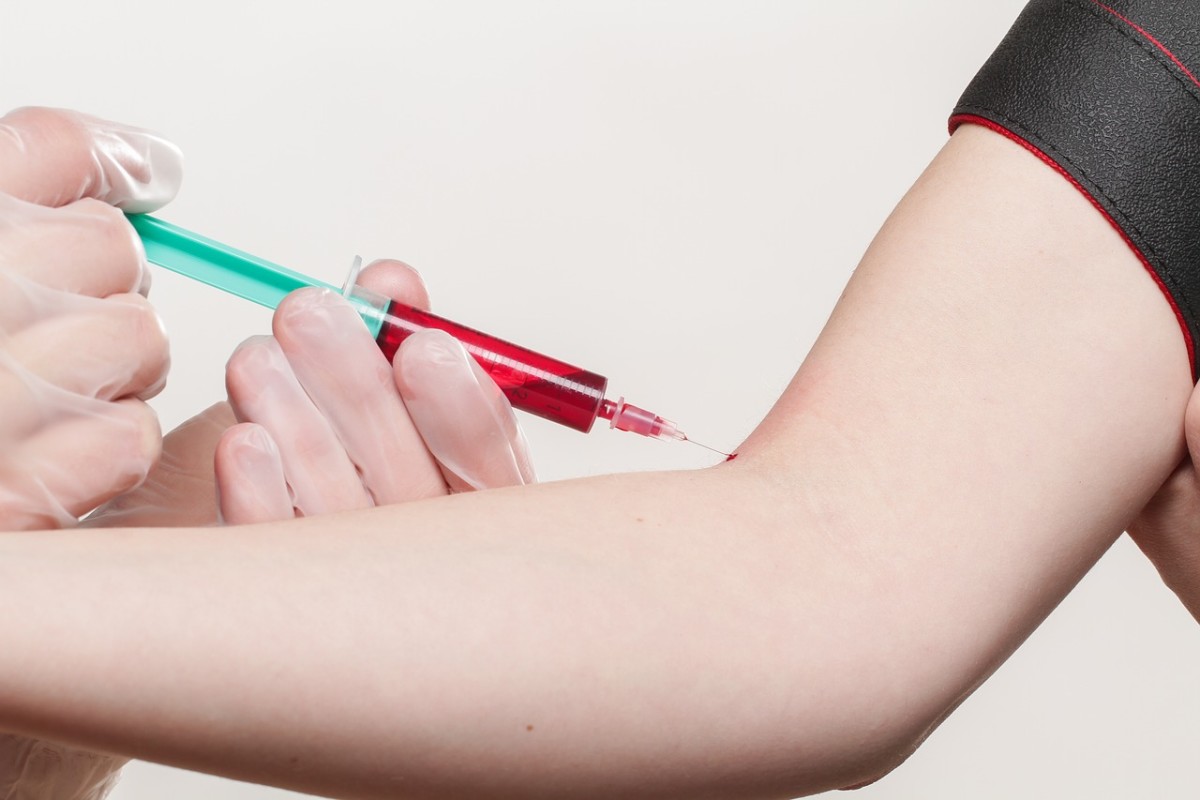Travelling to the Vet With Your Cat
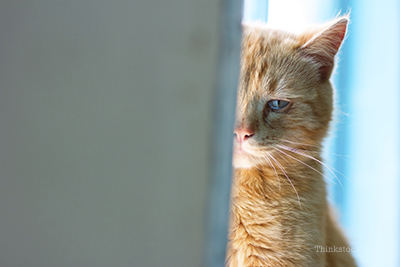
Taking Your Cat To The Vet
How many cats do you know that love to ride in the car? Not many, unlike dogs most they are not happy to accompany their owners in the car. Yet, most cats need to travel by car to get to the vet. Cats should be seen by a veterinarian at least once per year according to the AAHA, AVMA Feline Preventive Healthcare Guidelines. If they are 8 years or older need to be seen more often. Often owners hesitate to go to the vet because their cat is afraid of travelling. Usually they are both stressed. You no doubt remember the last time you took your cat in the car and all the meowing that occurred. Knowing our cats are stressed out to get in the car, we sometimes avoid taking them anywhere. There are however, several things that you can do to facilitate a more comfortable and safe trip.
Use A Cat Carrier
For your safety your cat should be brought to the vet in a carrier. Working in a veterinary hospital I have seen many unfortunate events occur . Jumping out of your arms and escaping before you even get him or her to the car. Several times owners called in to postpone their appointment because the cat got away. Another scenario. Upon arrival to the vet hospital you are in the waiting room sitting comfortably with your cat in your arms and a large dog comes in the front door. What do you think your cat is going to do? He could not only scratch you in his efforts to get away from the dog but he could bolt right out the front door. I have seen this happen and spent several hours looking for a client's cat outside of the veterinary hospital. If you don't have a carrier, ask your veterinarian if they have one which you could borrow. Most veterinary hospitals have a few available for clients to use. If you are going to invest in one choose one of sturdy plastic that opens from the top, allowing for the vet to perform the exam in the carrier which your cat is familiar with. If you are planning on flying with your pet be sure to look for one that is certified for airplane travel. For safety while driving please secure the carrier in the car with a seat belt. Your kitty will be much happier when you break or stop suddenly. To ensure the comfort of your kitty be sure to keep the carrier horizontal when your remove it from the car. When you enter the hospital try keep your pet beside you on the bench or on your lap. Cats prefer to be high and will experience less stress than if they are placed on the floor.
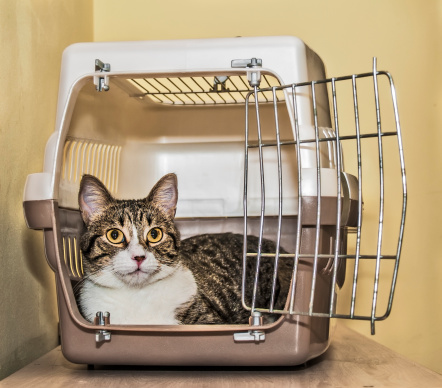
Acclimatize Your Cat to the Carrier
Getting your pet used the carrier ahead of time can avoid a lot stress and fear. You can start by placing it in a room which your kitty frequents often. Leave the door open and place a familiar item or bedding inside. If you see your cat inside use positive reinforcement or treats to encourage him or her to accept and use the carrier. Try putting catnip inside the cage to entice your kittyt to explore. Take several small trips and give treats when you return before letting your cat out of the carrier. The day you intend go yo the vet rub or spray pheromones on the inside of the cage. These synthetic pheromones like Feliway help your pet to remain calm why travelling. If your cat still shows fear and is very upset in the car, consider going to the vet a day before your appointment to get medications that can help.
Preparing Your Cat with Identification Tag
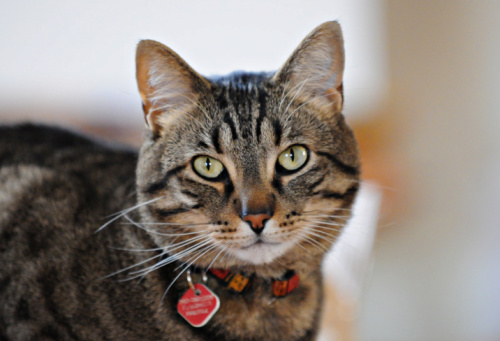
Preparing Your Cat Ahead of Time
An important thing to consider before taking your cat out of house, is that you have proper identification tags on. You can put the tags with name and phone number on his collar. I would recommend that you have your cat microchip id when you get to vet. Many indoor cats get lost escaping from carriers that have not been secured properly.

